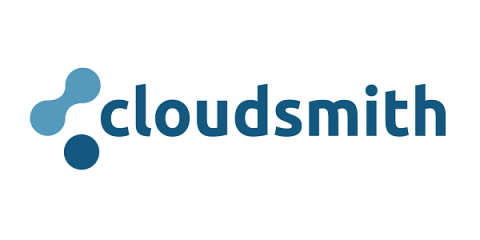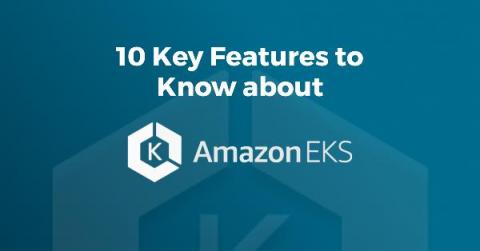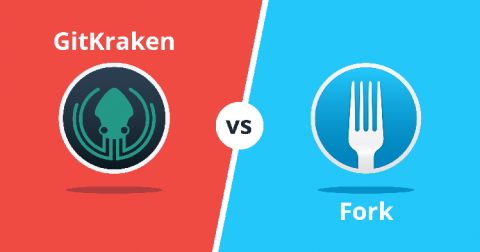Sharing Code Dependencies with AWS Lambda Layers
The use of Serverless execution models is expanding extremely rapidly and cloud providers are continuing to enhance their platforms. Per Flexera’s “State of the Cloud” report: Leading this trend for the last two years, Amazon has released a few features that address AWS Lambdas’ pain points and make them a more feasible choice for large scale deployments consisting of numerous applications.











